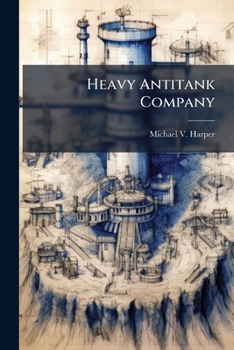Heavy Antitank Company
This thesis assesses the effectiveness of the current and alternative organizational structures for the employment of the TOW ATGM. Four alternatives are considered in comparison to the current organizations which was assessed as a base case. The alternatives are divisional TOW Battalions, mechanized battalion TOW companies, TOW companies in both the mechanized and tank battalions. Analysis drew on historical data and the results of related work in a subjective assessment of the alternatives based on concentration, command and control, balance, supportability, training, and cost. The scope of the thesis was limited to consider the time from the present until the mid-1980s, and an assumption constrained the alternatives to adhere approximately to the current divisional end strength in equipment and people. Overall, virtually all of the alternatives except the TOW company in the mechanized battalion only were found to be better than the current organization. Optimum TOW potential, however, is achieved when TOWs are organized into companies organic to both the mechanized and tank battalions.
This work has been selected by scholars as being culturally important, and is part of the knowledge base of civilization as we know it. This work was reproduced from the original artifact, and remains as true to the original work as possible. Therefore, you will see the original copyright references, library stamps (as most of these works have been housed in our most important libraries around the world), and other notations in the work.
This work is in the public domain in the United States of America, and possibly other nations. Within the United States, you may freely copy and distribute this work, as no entity (individual or corporate) has a copyright on the body of the work.
As a reproduction of a historical artifact, this work may contain missing or blurred pages, poor pictures, errant marks, etc. Scholars believe, and we concur, that this work is important enough to be preserved, reproduced, and made generally available to the public. We appreciate your support of the preservation process, and thank you for being an important part of keeping this knowledge alive and relevant.





